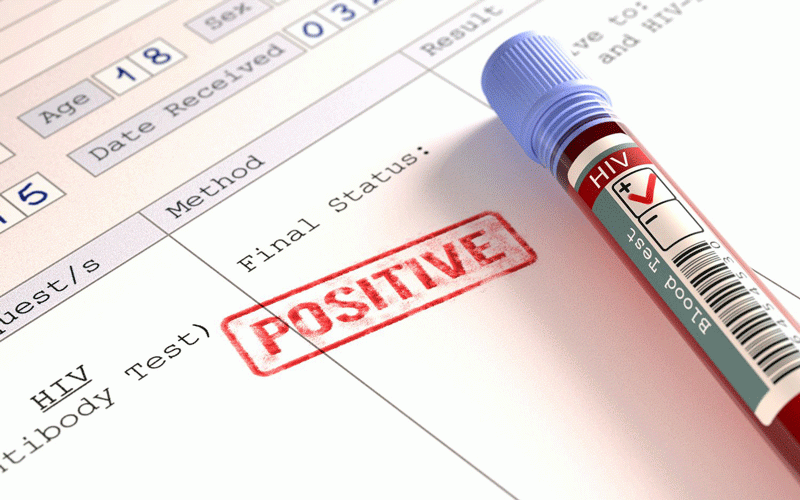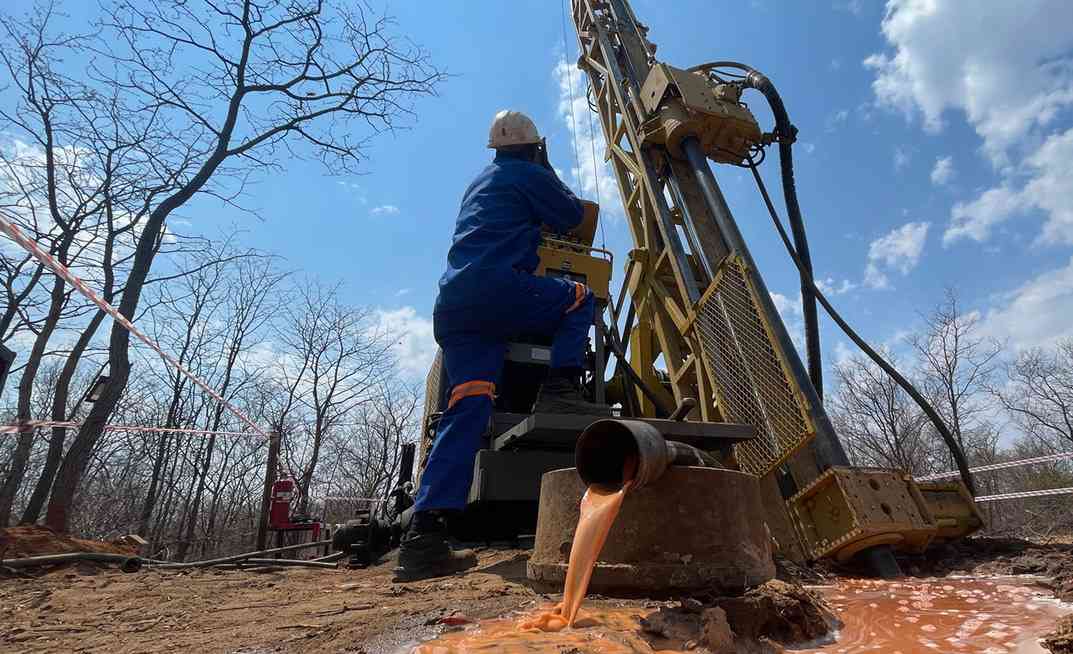
APPROXIMATELY 90% of women aged between 16 and 50 plus tested for HIV in Bulawayo during the month of June this year tested positive of the virus amid concerns over a surge in cases in the Matabeleland region.
A Bulawayo City Council report showed that at least 2 641 women tested positive for HIV from the 2 984 that had undergone testing.
The development also came after the National Aids Council (NAC) expressed concern over the number of women testing HIV positive in the Matabeleland region, attributing the surge in high mobility rates in the provinces.
NAC recently reported that Matabeleland South province had recorded the highest HIV rate in the nation as compared to other provinces.
It said Matabeleland South had the highest rate at 0,34%, while Matabeleland North was second with 0,24% across the country.
Bulawayo stands at the fourth lowest at 0,13%, making it lower than the national figure which currently stands at 0,15%.
NAC Bulawayo programmes officer Douglas Moyo attributed the high HIV incidence rate in the Matabeleland region to the mobility of the population staying in neighbouring countries like South Africa.
He said the migrants were bringing the virus with them when they return home.
- Uproar over census figures
- Byo Arts Festival in turmoil…One year later, festival has yet to pay artists…Organisers play cat and mouse with artists
- Bulawayo struggles to clear housing backlog
- Council acts tough on debts
Keep Reading
“The high mobility of people in the provinces is causing the influx, as I am sure you all know, there is a high number of people from there who work across the country’s border. These people leave to go work and come back to visit their families,” Moyo said.
He said spouse separation was also a contributing factor to the spread of the HIV virus, adding that those who are not in the Matabeleland region should not feel safe and engage in unprotected sex.
According to the BCC latest agenda on sexual and reproductive health, HIV and Aids released on Wednesday this week, council clinics offered services such as cervical and breast cancer screening for women, age appropriate and youth-friendly family planning services.
“They also gave both medical and psycho-support to sexual and gender-based violence survivors and strengthened the referral pathway system,” the minutes read.
“Clinics also offered post exposure prophylaxis for sexual, gender based violence survivors (Human Immunodeficiency Virus, sexually transmitted infections, and pregnancy). Nurses and counsellors had been trained/ sensitised in sign language.”
On data analysis in June on HIV statistics, the council noted that 243 women aged between 16 and 24 were tested for the virus.
“Of the 243 women, 48 tested negative and 195 were positive. Numbers of women from the ages of 25-49 tested for HIV were 2 172. Of the 2 172 women, 57 tested negative and 2 115 were positive.
“Numbers of women from the ages of 50+ tested for HIV were 569. Of the 569 women, 238 tested negative and 331 were positive,” the council report said.
It further stated that data analysis in June 2024 on Visual Inspection with Acetic Acid and Camera (VIAC) statistics, the numbers of women from the ages of 16-24 tested for VIAC were 114.
“Of the 114 women, 93 tested negative and 21 were positive. Numbers of women from the ages of 25-49 tested for VIAC were 2 505.
“Of the 2 505 women, 2 405 tested negative and 100 were positive. Numbers of women from the ages of 50+ tested for VIAC were 406. Of the 406 women, 390 tested negative and 100 tested positive.
“A total of 1 120 new clients were screened and 2242 were repeat clients. Numbers of women referred out for treatment were 41. The number of women screened for breast cancer was 267.”
The council also conducted six outreach programmes for testing, with 190 women being screened, where three tested VIAC positive.
Recently, it said it had set up a gender structure, including a gender focal person empowered to co-ordinate its work.
The gender structure consisted of mayor David Coltart, town clerk Christopher Dube, human capital director, principal gender safety and health officer (council’s gender focal person), departmental gender focal persons and community gender equity social inclusion champions.
“There was a monitoring and evaluation system in place for gender and it was used for reporting purposes.
“This was done through regular reports to management on gender action plan, workshop reports, evaluation forms, registers and the gender scorecard. As at June 2024, council had done three gender impact assessments,” the report said.










